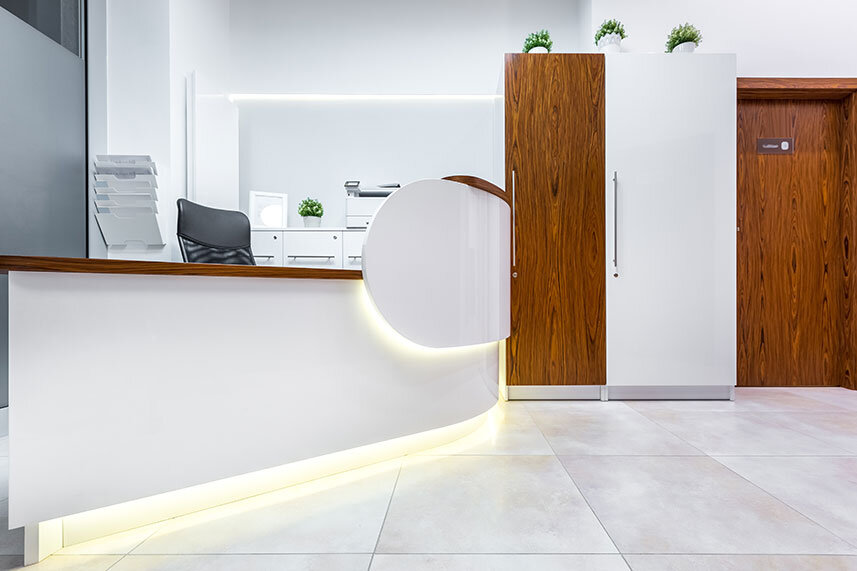The main reason people head to an urgent care is because their primary physician is unable to see them and they need medical attention fast. This creates an environment for healthcare-associated infections (HAIs) to thrive. To reduce the chances of your patients getting sick with an HAI, you need to make sure that you keep a clean urgent care facility. In this article, we’ll discuss some of our urgent care cleaning best practices to help you and your patients stay safe and healthy.
Keeping Your Urgent Care Clean
To start, you need to undergo an honest evaluation of the current standing of your urgent care facility. Take a serious look at the cleanliness of your urgent care. When is the last time you got it deep cleaned? Have you ever gotten it professionally cleaned and sanitized? If not, you’re making some big mistakes. As we mentioned, keeping an urgent care practice clean is just as important as keeping a hospital clean. People come there with serious illnesses, thus creating a breeding ground for germs. You need to regularly deep clean areas that are often left untouched along with areas that receive high traffic. Check under cabinets, on ceiling tiles, and everywhere in between.
Even if you don’t think your urgent care is dirty, if there is a layer of dust sitting around, it’s a bad sign. Dust contains skin cells, bacteria, and other, potentially dangerous, microscopic organisms. When people are exposed to these particles, they can and will eventually get sick or even start experiencing early signs of asthma.
Instead of trying to scrape by with the bare minimum, consider implementing these best practices to keep your urgent care center clean, every day of the week.
1. Focus on High-Touch Areas
In any building, there are some areas that receive more attention than others. These are considered high-touch areas. Think of things like counter tops, door handles, bathrooms, or waiting rooms. Give a little extra attention to these areas to ensure that bacteria and pathogens are destroyed. Make it a habit to sanitize these areas throughout the day and always clean up messes right when you see them.
2. Reduce Any Airborne Threats
Since most people who visit urgent care facilities are sick, you need to reduce the chance of spreading infection—especially those that are airborne. Make sure your cleaning routine includes actions that will reduce any airborne threats. For example, always dispose of waste in the proper receptacle, offer face masks for patients who are sick, use microfiber towels so bacteria and pathogens stick to their surfaces more, and make sure that your HEPA filter is changed regularly.
3. Know How to Prioritize
If your schedule is hectic, make sure you’re prioritizing your cleaning. Focus on those high-touch areas along with any places that will experience higher volumes of germs. Your employee break room or office will not be as contaminated as a restroom or exam room, so make sure you work through your urgent care from highest priority to lowest.
4. Avoid Cross-Contamination
If you use a towel or cloth to clean a dirty area, don’t save it to use somewhere else. Put it in the proper receptacle and opt for a clean towel or cloth to avoid any cross-contamination throughout your urgent care. As we mentioned, using microfiber materials are the best for bacteria and pathogen clean up, but make sure that you have enough and dedicate them to specific areas.
Another way to avoid cross-contamination is to eliminate any magazines or reading material from your waiting areas. While these are often seen as integral parts of doctor’s offices and urgent care rooms, they create the ideal environment for germs to spread from person to person. Think about it: someone with an illness comes in, touches the magazines, puts them back, and the next person picks them up. Without knowing it, people will then touch their face, mouth, or eat and receive the cross-contamination. With the rise of smartphones, it’s highly unlikely you’ll hear backlash from removing magazines.
5. Install Proper Waste-Management Receptacles
If you don’t have the proper waste-management disposal techniques in place, it’s time to get them. Having biohazard waste bins, areas for accessible glove disposal, and regular waste or recycling is integral in keeping your facility as clean as can be. Make sure that everything is labeled properly so that your staff knows what to put in which bin. To make things even easier, consider color coordinating your waste bins.
6. Use Proper Hand-Washing Strategies
Another best practice that shouldn’t be overlooked is utilizing proper hand-washing techniques. While this doesn’t directly clean your urgent care facility, it will help reduce the spread of germs and pathogens throughout the building. Avoid replacing warm water and soap with hand sanitizer, as it’s not as effective. Instead, keep signs up with proper hand-washing techniques and make sure your staff follows protocol.
7. Hire a Professional Cleaning Company
To ensure that your urgent care facility is 100% cleaned and sanitized regularly, we recommend hiring a professional cleaning company. Professional cleaning companies have the experience and tools necessary to clean urgent care facilities in detail and will help reduce the overall rate of HAIs. Surprisingly, outsourcing a professional cleaning company will also help you save money and reduce overhead costs.
8. Encourage Your Staff to Help As Well
Even with the partnership of a professional cleaning company, it is still recommended to encourage your staff to help with every day cleaning responsibilities, such as tidying up at the end of the day and cleaning up after themselves. This will not only increase the efficiency of your cleaning partner’s time while onsite, but will also promote positive habits and courtesy amongst employees, and higher patient approval between and during visits.
How to Find the Best Urgent Care Professional Cleaning Company
To get the most out of your money, take the time to find a highly rated professional cleaning company. Doing so will help you reduce HAIs, improve your urgent care facility’s cleanliness, and eliminate the spread of pathogens. At Bee Line Support, we utilize The VeriClean™ audit system, high-quality hospital grade cleaning products, and partner with ImageFIRST to meet and exceed OSHA, CDC, and HLAC standards. The VeriClean™ audit system utilizes high-level black lights to ensure that disinfection is accurate and thorough for each medical office. It gives us a way to internally audit all of our cleaning jobs and gives our clients 100% satisfaction, guaranteed. We put our employees through rigorous training procedures both before working on the field and throughout their employment. Because of our training standards, we have a number of cleaners that carry a Certification of Mastery in Infection Prevention (CMIP) through the Association for the Healthcare Environment. This gives them the knowledge and resources they need to fully understand the small details that create strong urgent care facility cleaners. Bee Line Support is dedicated to making sure that your facility is safe and disinfected for your patient’s comfort and care.
If you want to see how clean, or dirty, your urgent care facility is, contact us today. We’re offering all new customers a free black light audit to show you just how well your current cleaning practices are doing.
About The Author
Julio Alvarez
author
Julio is a true veteran to the industry, rising through the ranks of the cleaning business and finding a home at Bee Line since 2007. When he’s not busy expertly leading his troops, you can find Julio playing soccer and spending time with his wife, 3 adorable boys, and a goldfish named Flipper! He has a soft spot in his heart for stuffed pizza with salad, and is a Cubs fan through and through. His favorite part of working at Bee Line is the strong teamwork.




